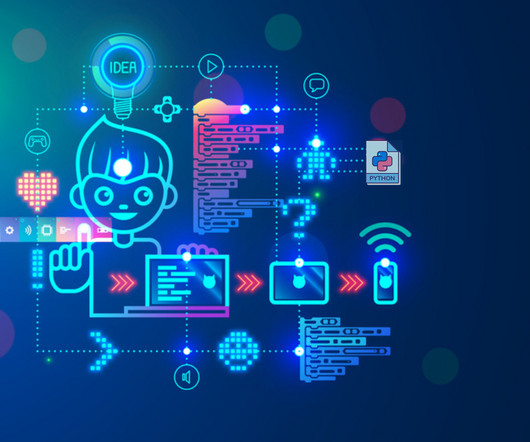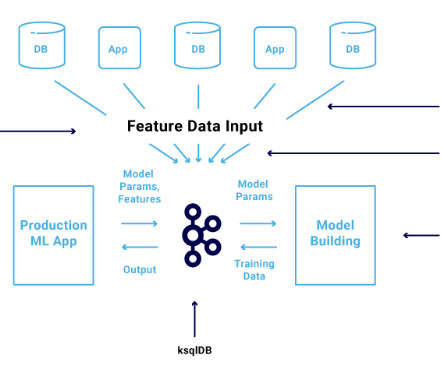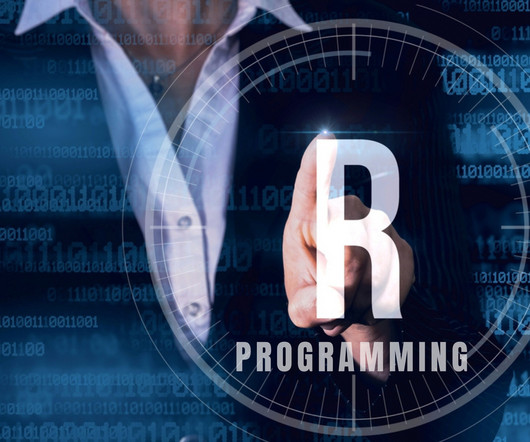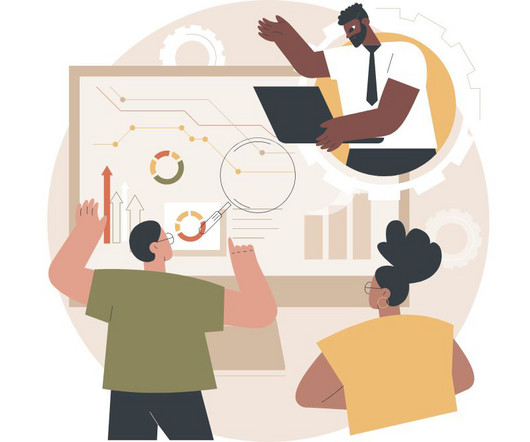How to become a data scientist
Dataconomy
JULY 24, 2023
It involves developing algorithms that can learn from and make predictions or decisions based on data. Familiarity with regression techniques, decision trees, clustering, neural networks, and other data-driven problem-solving methods is vital. Machine learning Machine learning is a key part of data science.













Let's personalize your content